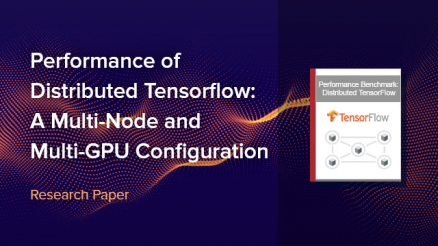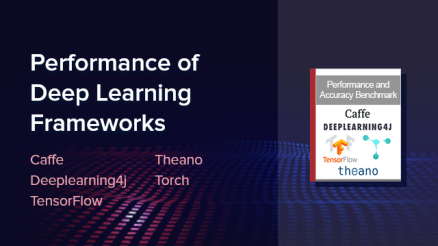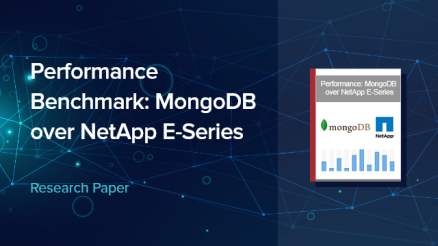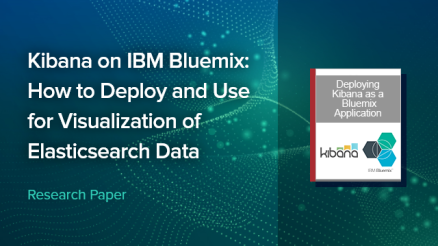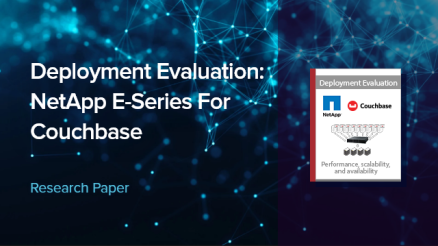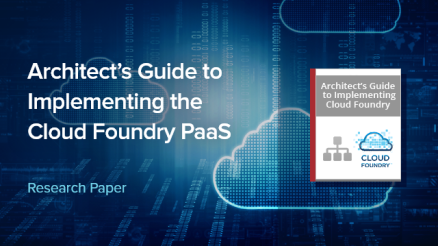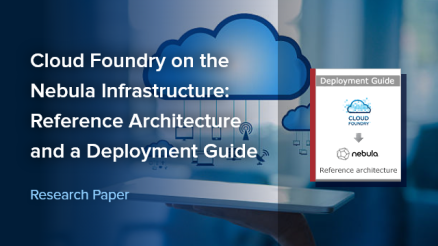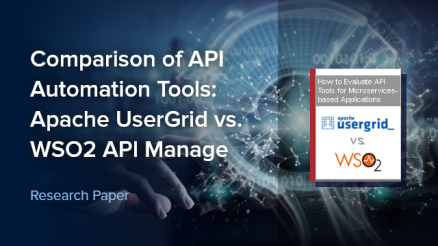Performance of Distributed TensorFlow: A Multi-Node and Multi-GPU Configuration
This 20-page technical research embodies performance evaluation of distributed training with TensorFlow under two scenarios: a multi-node and multi-GPU infrastructure configuration. The benchmark was carried out using the Inception architecture as a neural network model and the Camelyon16 data as a training set. To test training scalability of distributed TensorFlow running on an Amazon EC2 cluster, the g2.2xlarge and g2.8xlarge instance types were employed.
Performance of Deep Learning Frameworks: Caffe, Deeplearning4j, TensorFlow, Theano, and Torch
This 15-page research compares five popular deep learning tools—Caffe, Deeplearning4j, TensorFlow, Theano, and Torch—in terms of training performance and accuracy. When testing the frameworks, a fully connected neural network architecture was used for classifying digits from the MNIST data set. The paper also provides information on how speed and accuracy are affected by changes in the network “depth” and “width” (the data is available for the Tanh and ReLU activation functions).
Performance Benchmark: MongoDB over NetApp E-Series
This 25-page technical report evaluates performance of a sharded MongoDB cluster deployed over NetApp E-Series data storage. With 16 diagrams, the paper provides performance test results for SSD cache enabled / disabled and all-SSD scenarios, as well as analyses behavior on recovery after disk failure.
Kibana on IBM Bluemix: How to Deploy and Use for Visualization of Elasticsearch Data
This 20-page guide provides step-by-step instructions on how to use Kibana—an open-source analytics / visualization framework—on the IBM Bluemix platform. In detail, the technical paper describes how to bind the Elasticsearch service to your app, configure Kibana, deploy it to Bluemix, and use for visualizing Elasticsearch data.
Hadoop + GPU: Boost Performance of Your Big Data Project by 50x-200x?
This paper questions if it is possible to boost performance of Hadoop calculations—using graphics processing units (GPU)—by up to 200 times. Exploring the bottlenecks of data flow between CPU, GPU, HDD, and memory, the study investigates the actual performance improvement that can be achieved. The article also reveals real-life performance results achieved by different projects and suggests a list of tools / libraries to use.
MongoDB vs. Couchbase Server: Architectural Differences and Their Impact
This 45-page technical paper compares two popular NoSQL offerings—MongoDB and Couchbase Server—exploring how architectural differences of these systems affect availability, scalability, and performance. The report also provides a detailed overview of topology, replication, caching, partitioning, memory, etc.
Evaluation: NetApp E-Series for Couchbase Deployments
This 11-page research overviews NetApp E-Series storage systems in terms of performance, scalability, and availability—while running Couchbase Server. The paper compares NetApp E-Series to commodity servers with internal-attached storage (DAS), including performance and reliability characteristics under a number of workloads generated by a client-like benchmarking app. The paper also features a comparative table on DAS and E-Series performance, scalability, and availability.
Architect’s Guide to Implementing the Cloud Foundry PaaS
This architect’s guide embraces the four major stages of Cloud Foundry adoption within an enterprise: CF evaluation, a proof of concept, POC assessment, and a PaaS rollout. Choosing an IaaS, configuring back-ups, integration, and having all the technology stack onboard is only a half of the way; you’ll also have to introduce cultural changes to get the best of the platform. Read this 60-page ultimate guide to learn what you need for a successful CF implementation—during all of the four adoption stages.
Cloud Foundry on the Nebula Infrastructure: Reference Architecture and a Deployment Guide
Nebula is a turn-key solution for distributed data center infrastructures that can help you to shorten deployment process to hours, not days. This 8-page tech study features a step-by-step guide on how to deploy the Cloud Foundry PaaS on Nebula. It includes detailed reference architecture for CF on Nebula, as well as infrastructure configuration, VM sizing recommendations, and the list of components necessary for a successful installation.
Comparison of API Automation Tools: Apache UserGrid vs. WSO2 API Manager
This 12-page research paper provides a scoring framework for evaluating API automation tools across 19+ technical criteria. It also includes a table that compares the functionality available in five popular API platforms: Apache UserGrid, WSO2 API Manager, Cumulocity, MuleSoft API Gateway, and StrongLoop Server. In addition, the study features step-by-step deployment guides for UserGrid and WSO2.



